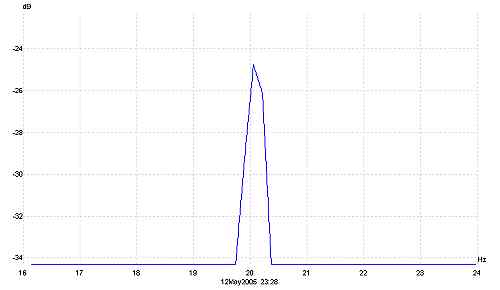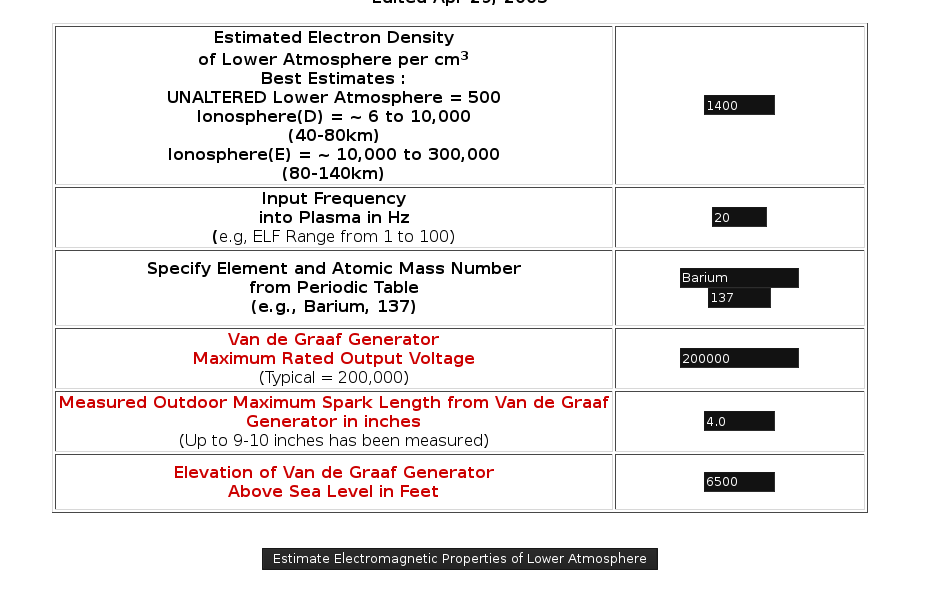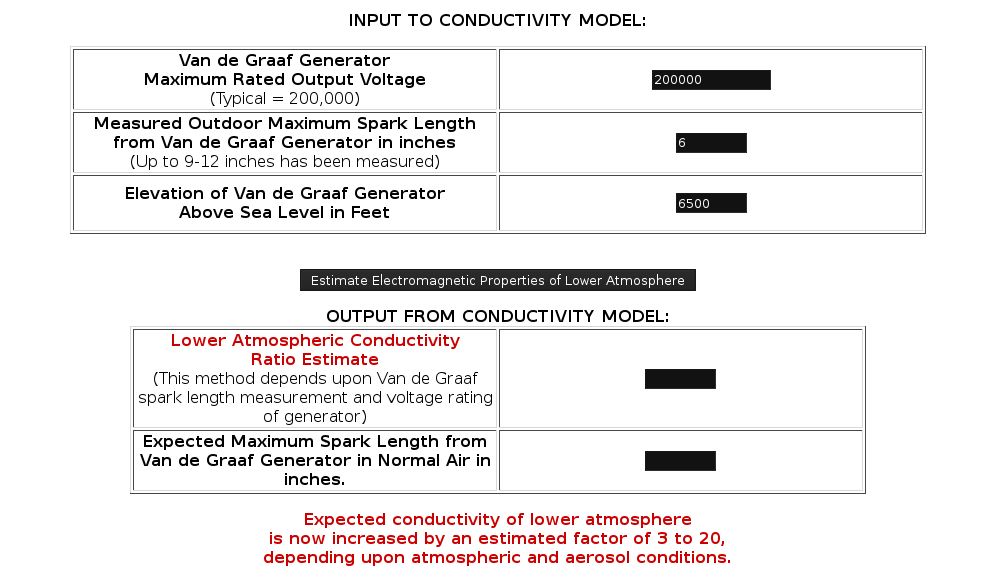
It is shown within this report that the potassium ion is specifically expected to incur biological interference within people over large regions of the earth's surface. This is due to the fact that the fifth harmonic of the ELF that has been repeatedly measured over a period of several years corresponds to the cyclotronic resonant frequency of potassium. This fifth harmonic, along with numerous other harmonics is a regular component of the ELF radiation that under measurement at this time. This expected interference, albeit intentional or not, can be shown to exist based upon the principles and physics of cyclotronic resonance, a phenomenon well established in classical electromagnetic theory. The emphasis in this report is upon the potassium ion, which is of fundamental importance to human health. Although there are additional ions which deserve discussion at a later point, the primary ranking of potassium in human biology is of special concern. Additional discussion on this page outlines the definition of cyclotronic resonance, as well as a mathematical model for determining the atomic number for an element (in this case potassium) that is affected by a particular cyclotronic frequency. And though such unique combinations, such as in this case with potassium, are not common, they do occur. They are of concern with respect to human biological function and interference, as these ions will absorb energy and can lead to the disruption of cellular ion exchange processes.




